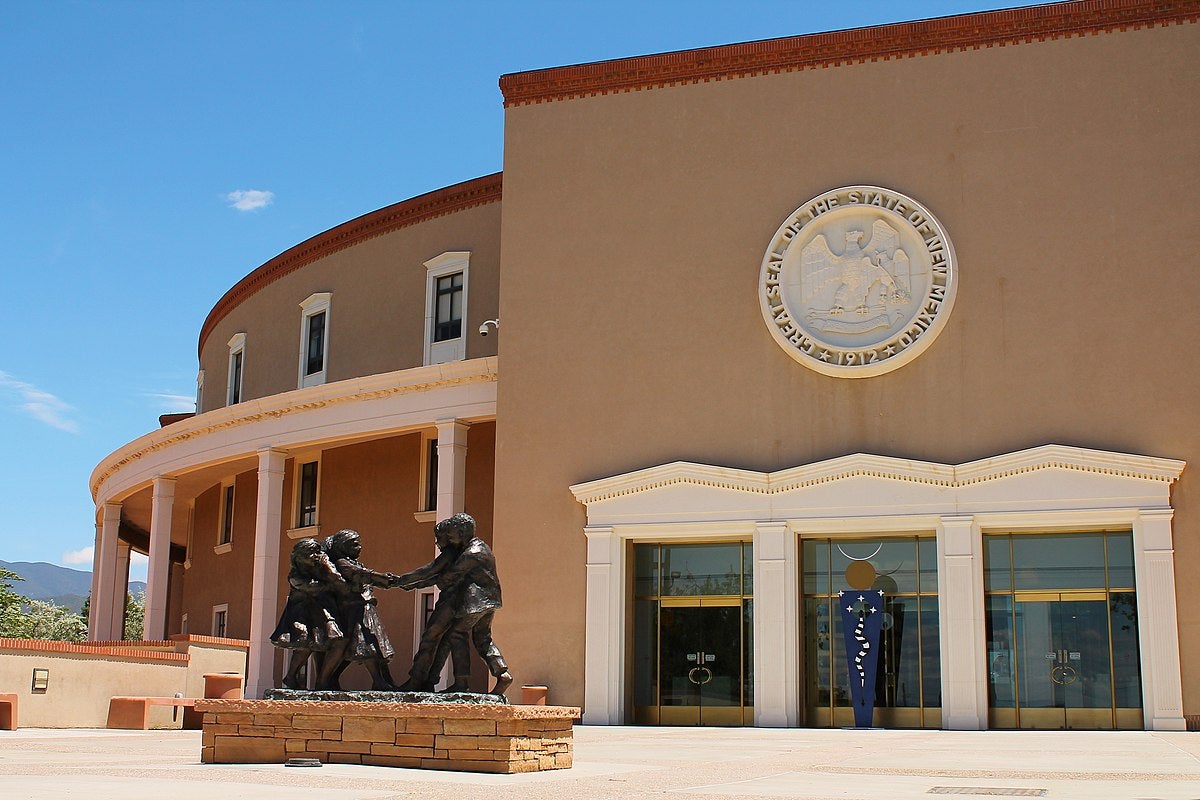This third report in a joint research series by Environmental Defense Fund and Resources for the Future examines public benefits programs designed to protect individual and community economic security and health as the U.S. transitions to a clean economy. Jake Higdon of EDF and Molly Robertson of RFF co-authored the report described in this blog post. All views expressed here are EDF’s.

Coal miner in Jenkins, Kentucky.
In hundreds of communities around the U.S., coal miners are paying a tragic price for the extended time they spent breathing in coal dust underground: They suffer from Black Lung Disease, which robs patients of their ability to breathe without assistance. Tragically, there is no cure — only treatments that ease the symptoms.
Harvey Hess of southwest Virginia is one of those retired miners. He began working in coal mines on his 17th birthday and continued working in them for 37 years. Now, like many with Black Lung Disease, he receives disability benefits from a federal trust fund. These crucial funds allow Harvey and others to afford essential medical support, like the oxygen tank he relies on to breathe 24/7.
However, Black Lung Disease is not the only chronic issue facing coal workers and coal communities, and it is also not the only instance where public benefits can help support workers’ health and financial security. Besides Black Lung Disease benefits, the U.S. government has also stepped in to support union pensions and health care as coal companies dodge their promises to employees through bankruptcy hearings. And the spillover effects from the decline in production of coal and other fossil fuels can leave millions of Americans in fossil fuel regions — beyond just the energy workers themselves — in need of immediate assistance to soften the economic downturn, maintain economic stability and preserve community health.
The role of public benefits programs
Policies that distribute resources to support general wellness, buffer communities from economic shock, and ensure individuals’ ability to meet their basic needs are sometimes referred to as “public benefits.” For example, they provide retirees with pensions, displaced and disabled workers with financial relief, and low-income families with health care and nutritional assistance.
National public benefits are often referred to as the social safety net because they serve as the first line of defense in times of crisis. The current COVID-19 pandemic has highlighted the importance of expanded social safety net programs, like unemployment insurance, in insulating families and communities from the most severe economic shocks. However, compared to peer nations, the U.S. spends a relatively small percentage of its GDP on social safety net programs for workers and has virtually no safety net for local governments, which often experience fiscal crises during economic downturns, rendering them unable to provide essential services — often at a time when more people need them.
As we explore in other reports in this series, fossil fuel communities are likely to need targeted federal policies in economic development, workforce development, infrastructure, environmental remediation, and more as the U.S. transitions to a clean economy. Although it is clear that broad public benefits cannot ensure fairness for workers and communities alone, they can play a complementary role to these more targeted approaches.
Read More »















